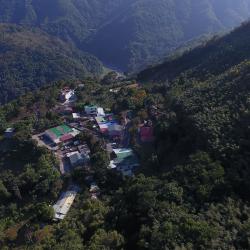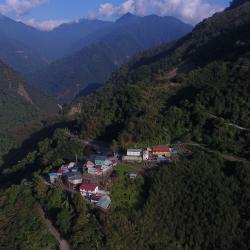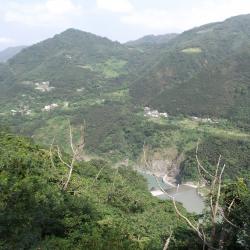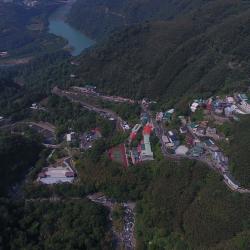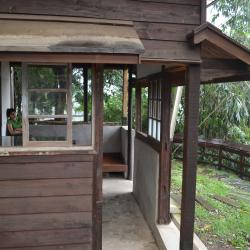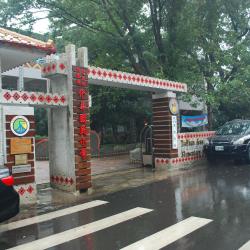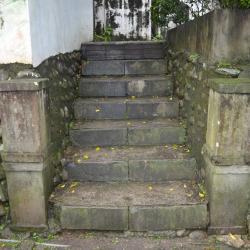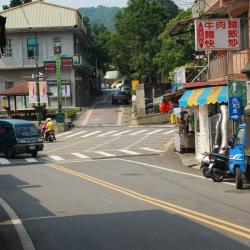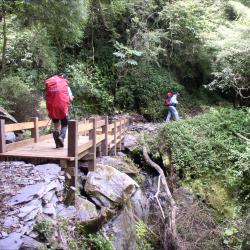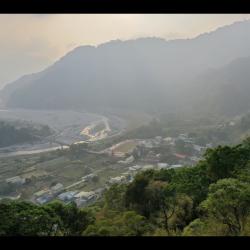Piyaway is located in Gaoyi village, Fuxing District, Taoyuan City, southeast of Kayilan, at the foot of Baoliku Mountain, at an altitude of more than 500 meters. The residents were from Wudaonengan that migrated here in the 7th year of Qianlong (1742) . The original meaning of Piyaway is a kind of bean, and the place was named after this bean because the land is rich in this bean. Another saying is that it was originally named after a leader, because during the Japanese occupation, the leader resisted the brutality of the Japanese police and was killed. The people of the community were punished for their martyrdom, and called the place Piyaway. However, as a fact the name of this community already existed in the Qing Dynasty, and was called Pi Ye Wai, Bai Awai or Bai Yawei.
After the completion of the Northern Cross-island Highway, the people from the local plains gradually moved in. Pastor Song Zhengxi of the Presbyterian Church believes that the name "Piyaway" is indecent, and applied to the government to have the name changed to Li’an in 1976. So, it is also called Li'an.
